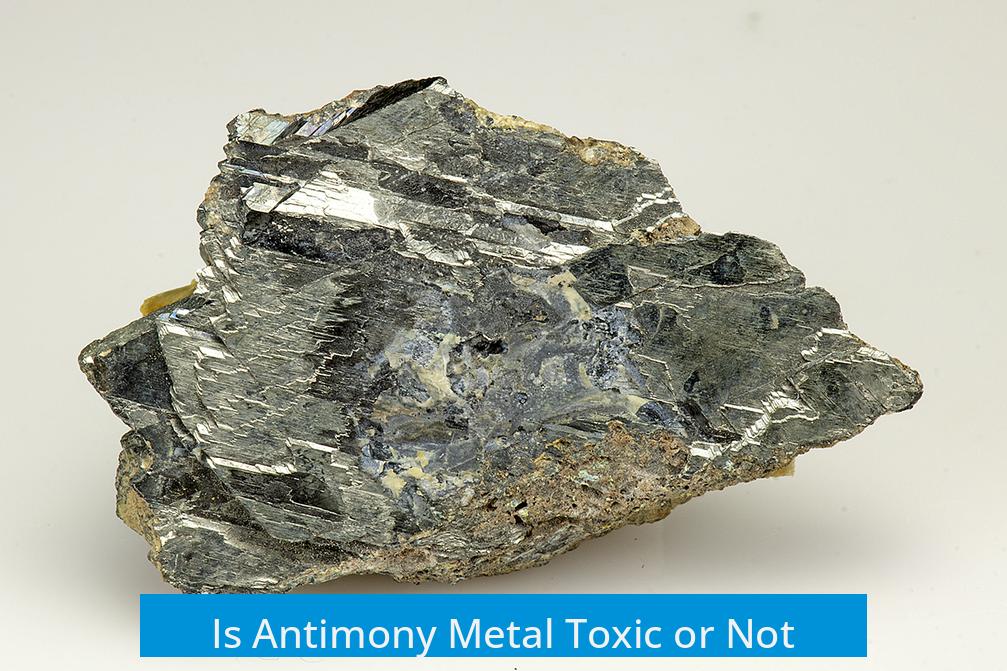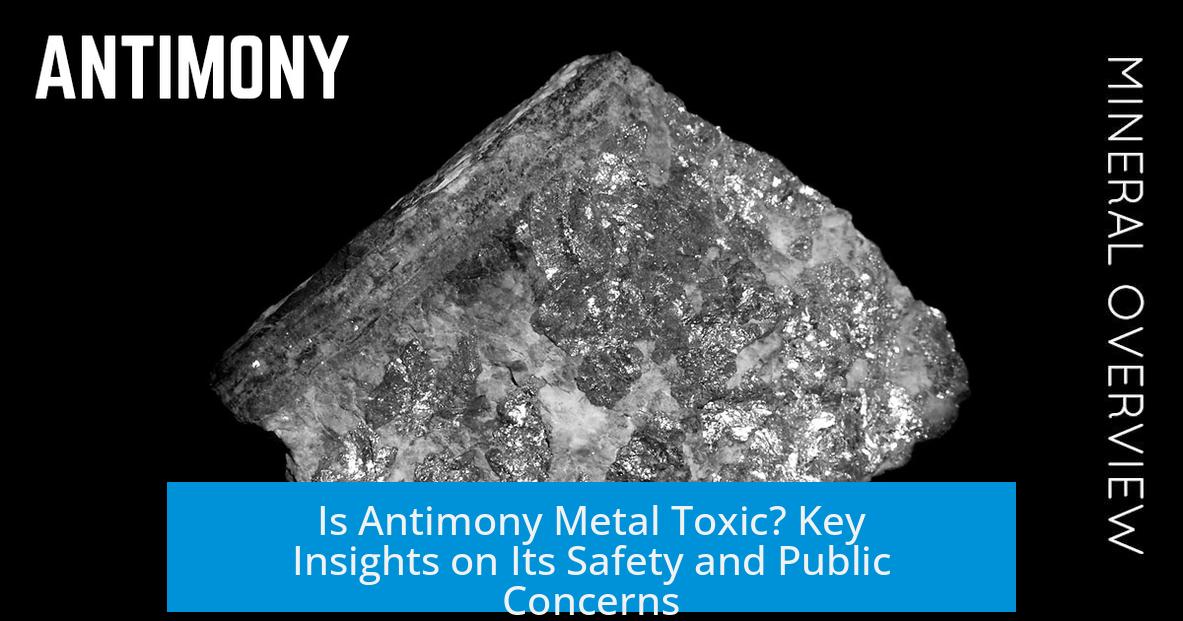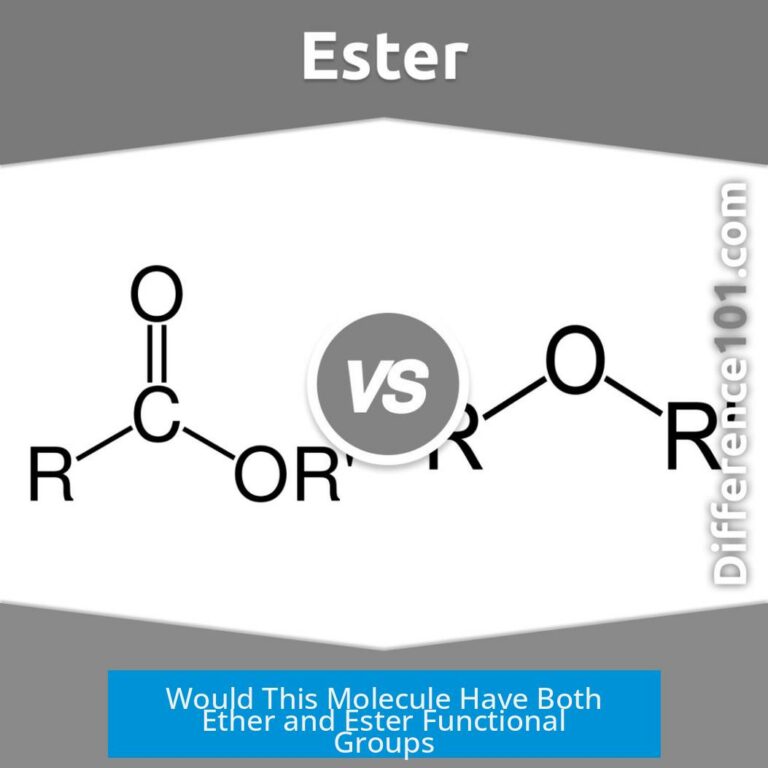Is Antimony Metal Toxic or Not?

Elemental antimony metal has low toxicity and poor bioavailability, meaning it passes through the human body mostly unchanged and poses minimal health risk. However, antimony compounds generally exhibit higher toxicity, though the extent of this is less well studied. While antimony is present in alloys and some consumer products, current evidence does not confirm significant toxic exposure through these routes.
Understanding the Toxicity of Elemental Antimony Metal
Elemental antimony metal differs notably in toxicity compared to its chemical compounds. The metal itself rarely causes harm when it enters the body because it exhibits very low bioavailability. This means the body absorbs little of the antimony metal. Instead, it passes through the gastrointestinal tract nearly unchanged.
Historically, antimony metal found medical use as a pill form laxative or emetic. Despite this direct ingestion, lethal effects were not common, and pills were sometimes reused. Such practices suggest elemental antimony metal is not acutely toxic. This therapeutic history underlines its relatively benign nature when in pure metallic form.
Biochemical Differences: Antimony vs. Arsenic
Comparing antimony with arsenic, a chemically related heavy metal, elucidates reasons for their differing toxicities. Arsenic is more harmful partly because the body can oxidize and methylate arsenic compounds, forming reactive, protein-binding molecules.
In contrast, antimony oxides tend to form coordination polymers. These polymers are less soluble in biological environments, reducing their availability to interact with tissues and proteins. This structural difference limits antimony’s biochemical reactivity and toxicity relative to arsenic.
Toxicity of Antimony Compounds
While elemental antimony shows limited toxicity, many antimony compounds are considered more harmful. These compounds can interfere with biological processes more readily. Despite this, scientific research on the precise toxicity of various antimony compounds remains limited.
Like other heavy metals, antimony compounds may pose health risks at elevated exposure levels. However, there is insufficient data on human toxicity thresholds, making clear risk assessments difficult.
Exposure Through Alloys and Everyday Uses
Antimony’s commercial use often involves alloys, especially with tin, such as Sb/Sn alloys employed in pipe solder for drinking water systems. Similarly, antimony-containing alloys serve as flame retardants in consumer electronics and household appliances. For example, components like air fryer plugs may incorporate antimony alloys for fire resistance.
Possible low-level environmental or consumer exposure exists, particularly from these applications. However, current information does not confirm substantial health risks from such exposure pathways. The solubility and bioavailability of antimony within these alloy forms remain low, paralleling properties of elemental antimony metal.
Public Concerns and Uncertainties
There is anecdotal concern about antimony exposure, especially among sensitive populations like children with autism. Some discussions speculate that antimony may exacerbate certain health conditions. However, these claims lack rigorous scientific validation at present.
Scientific consensus does not currently support the notion that typical antimony exposure from household devices significantly harms human health. Further research is necessary to clarify these public concerns.
Summary of Key Points
- Elemental antimony metal is poorly absorbed by the body and exhibits low toxicity.
- Historically, antimony metal was ingested safely in medicinal contexts, indicating low acute toxicity.
- Antimony compounds tend to be more toxic, but there is limited research and data on their effects.
- Unlike arsenic, antimony forms less soluble coordination polymers that reduce its biochemical toxicity.
- Antimony is used in alloys and as a fire retardant in some consumer products, but risk from these uses is not clearly established.
- Public concerns exist, especially regarding vulnerable groups; however, no conclusive evidence supports significant health hazards from typical antimony exposure.





Leave a Comment